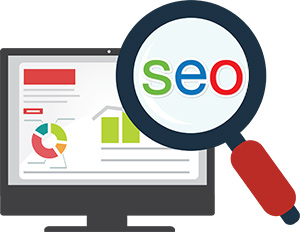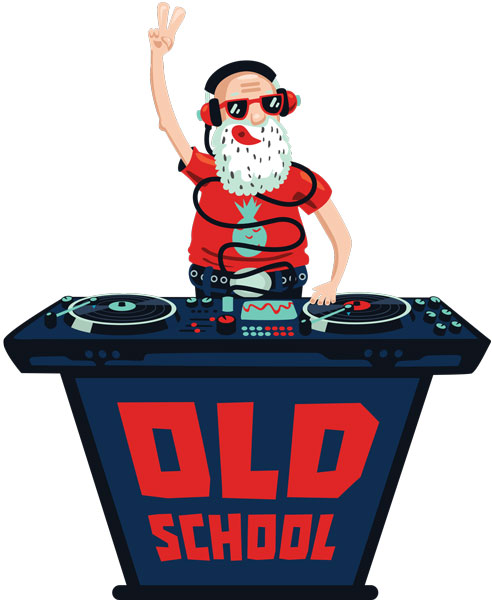
IMAGE: ISTOCK.COM/CHOKKICX
I’m getting old. I mean seriously old. Next month, I’m going to write about the pluses and minuses of turning the big 5-0 on May 30. But this month, I’m feeling very outdated.
The worst part of growing older is feeling lost in the world in which you live. Imagine a 50-year-old man who was born during the Civil War seeing automobiles for the first time! That is exactly how I feel when it comes to search engine optimization (SEO).
In basic terms, SEO is how you get your website recognized by search engines like Google and Yahoo. That part I understand. Where SEO begins looking like Mandarin — or worse, a William Faulkner novel — is when you start throwing out terms such as “academic search,” “natural,” “impressions,” “organic,” “video search,” “keyword stuffing,” “vertical search,” “earned,” “image search,” “news search,” “local search engine optimization,” “impressions,” blah, blah-blah, blah, blah.
First of all, when did this whole SEO thing get started? With the creation of websites in the late 1990s, people stared optimizing how to drive potential clients to their web pages. The very first search engine was “Archie,” co-created in 1990 by a college student and a university employee in Montreal, Quebec, Canada. A few years later, Yahoo came onto the scene. With the advent of Google, entrepreneurs used “keyword stuffing” to cause “trends” that Google monitored. These trends helped companies gain a higher visual presence over their competitors within the search engine.
Understanding SEO
To get a better understanding of this whole process, I contacted James Sneed. James runs the Jacksonville, Fla.-based company Crowd Culture Media and is an administrator for “Let’s Talk Business Mobile.” James has fused his two loves (pest control and electronic marketing) and created a company that helps pest management professionals (PMPs) optimize their websites.
Read more: Online is a lifeline for many PMPs
James explained that Google, which has become the largest search engine platform, started to police how people surfed the internet. It used this info to drive people to websites. And because Google uses cutting-edge technology, it is always devising new ways to monitor information. James told me, “Just like an accountant has to learn the new tax codes, SEO people have to learn new algorithms that Google comes up with — at least one per day.”
I asked James what should be the first thing a PMP should focus on when deciding on a SEO platform. He told me, “Creating a website and hiring someone to drive people to your website should be done within the first six months” of creating your start-up. But, he added, “Establishing what type of services you will offer and how you are going to proceed should take place before starting up your website.” He also explained the other aspects that are crucial in the setting up of your business, such as:
- The brand and the culture of your business. Take lots of pictures, push hard for reviews from your clients, and document your journey.
- Create a Google Gmail account for your business.
- Take advantage of Google’s local map address optimization.
Back in the “old days” (you know … the ’90s), phone directory advertising was king. When I was running Mid Central Pest Control, we would get bombarded by phone directory ad reps. Today, I take three or four calls a week from SEO salespeople.
Read more: Should you advertise in phone directories?

ILLUSTRATION: ISTOCK.COM/NE2PI
Improving SEO
I asked James what a new business should look for from an SEO agency, marketing company or digital agency. He said:
- Be careful of scammers trying to nickel-and-dime you out of your money.
- Look for people who are referred by other PMPs.
- An SEO company doesn’t need to be local.
- A good SEO person is going to be a specialist, not someone who does this for a hobby.
- A specialist should have a game plan for you. A good SEO agent should be an active listener; someone who asks you a lot of questions about your business.
- A range of $75 to $125 per hour is reasonable (although some companies charge as much as $300 per hour).
“Word-of-mouth is now word-of-mouse,” James told me. “If a door is digital instead of wood, how do I open that door?”
Ah, how I long for the old days, when I’d simply let my “fingers do the walking.” I might not be hip anymore, but at least I’m pretty retro-cool.
The post The old man and the (digital) sea appeared first on Pest Management Professional.
from Pest Management Professional https://www.mypmp.net/2019/05/01/tips-to-help-pmps-understand-seo/
Sacramento CA
No comments:
Post a Comment